If a customer is unhappy, it’s easy for their feelings to spiral to epic proportions quickly. Think of the last time you were disappointed with a product or service.
- Did you remain a loyal customer?
- Did you repurchase?
- Did you escalate the situation?
You may have been so unhappy you left a negative public review. And, as a business owner, you know how important it is for companies to handle these situations properly.
But getting negative feedback is not the end of the world. It can be an opportunity to exhibit the excellent quality of your customer service.
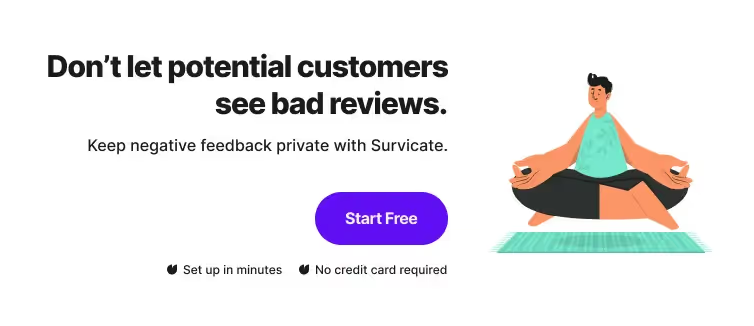
In this post, you’ll learn how to respond to negative reviews, how to make the best out of that situation, and, in the future, how to keep negative feedback private. You’ll also see some negative review examples and some appropriate and inappropriate responses.
What is negative feedback?
Let’s first define negative feedback. It includes any other form of negative comments about customers’ dissatisfaction.
Examples of negative feedback include:
- negative comments on social media
- bad reviews on public platforms
- messages to your customer service from disgruntled customers
- negative responses to satisfaction surveys
How to respond to negative feedback?
Negative feedback is good for you. It helps your company improve and grow better than the competition.
However, suppose a disgruntled customer takes it online. In that case, everybody on Google, Trustpilot, or Yelp can see the one-star rating and the customer's report of their bad experience with your business.
That doesn’t have to ruin your branding on the web. A bad review can become a good opportunity to show you value customer satisfaction.
Ensure team member knows how to handle negative feedback. Crafting well-considered replies shows that you care and helps an angry customer feel acknowledged.
So, how to respond to a customer complaint?
Below, you will find seven tips to help your response to negative feedback turn an uncomfortable situation into something constructive for customers and your business.
1. Apologize
You may think that a particular customer knows nothing about the business, their claims are false, and it was simply not right to put up a review. You may think they were in a bad mood and you couldn’t do much in terms of service. You may think it’s a competitor, not a genuine reviewer.
But none of this matters. You must apologize (and be professional about it) for the sake of your public image. It; 's never a good idea to double-down.
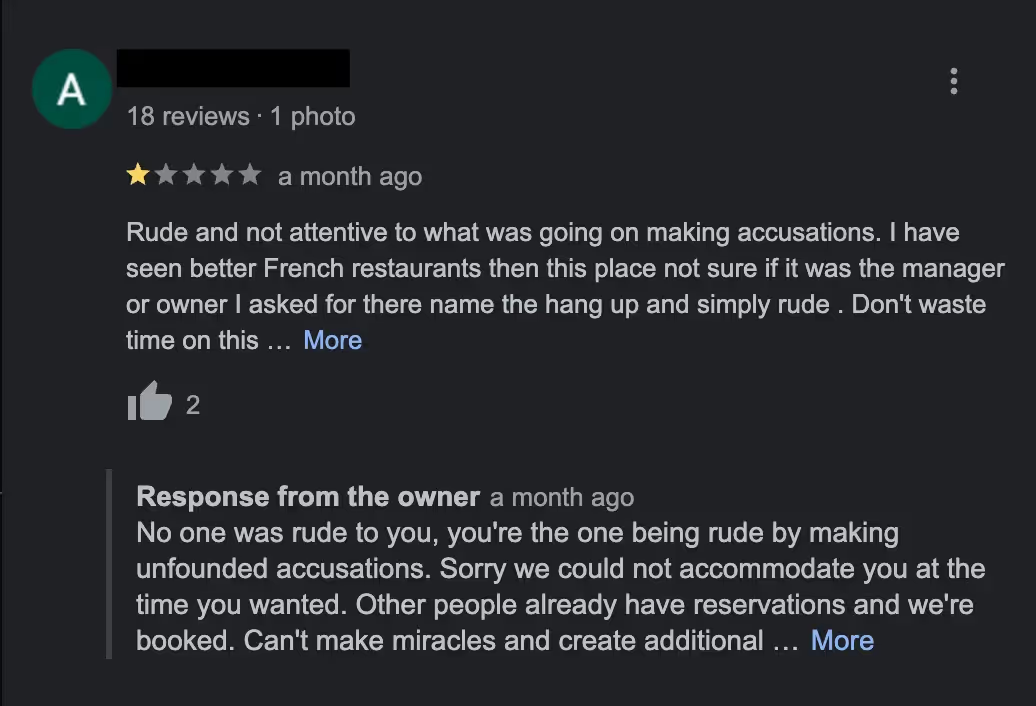
It might be hard to say you’re sorry when you're agitated. However, this simple word can take your brand places and soften the (already damaged) experience for your customers or potential clients.
For this purpose, many companies have introduced new procedures. One of the most popular ones is the Starbucks LATTE rule, which defines how all Starbucks employees should approach all customer issues.
Their customer service recovery sequence goes as follows:
- Listen to the customer
- Acknowledge the problem
- Take action and solve the problem
- Thank the customer
- Explain what you did
You can also take inspiration from Marriot’s LEARN, Broadmoor’s HEART, or Micah Solomon's AWARE.
This might be a great starting point for your brand when dealing with negative feedback.
2. Use the customer’s name in your response
Starting your response with a quick hello or a “Dear Sir” is not as potent as writing the person’s name. And it is often stated in the review, so finding it wouldn’t take much effort.
By saying their name and referring to their feedback, you show that it’s not an automatic, scripted response and they’re talking to someone (human) who will take care of their problem.
If the issue they have with your business can be solved, the reviewer can be more cooperative if you start the conversation in a friendly way. This cafe owner did it the wrong way:

The fact that the restaurant owner replied and referred to a particular comment is amazing, but the overall execution leaves a lot to be desired.
3. Sympathize with the problem
You don’t have to agree with the customer to understand their frustration. Imagine yourself in their shoes. You come expecting great service, but you find it disappointing.
This is why a person who left a negative review deserves your understanding. Make sure you tell them you understand their feelings to ease up the conversation.
This owner was quick with their answer and used all the right words. They made sure the reviewer knows how valuable their feedback is.
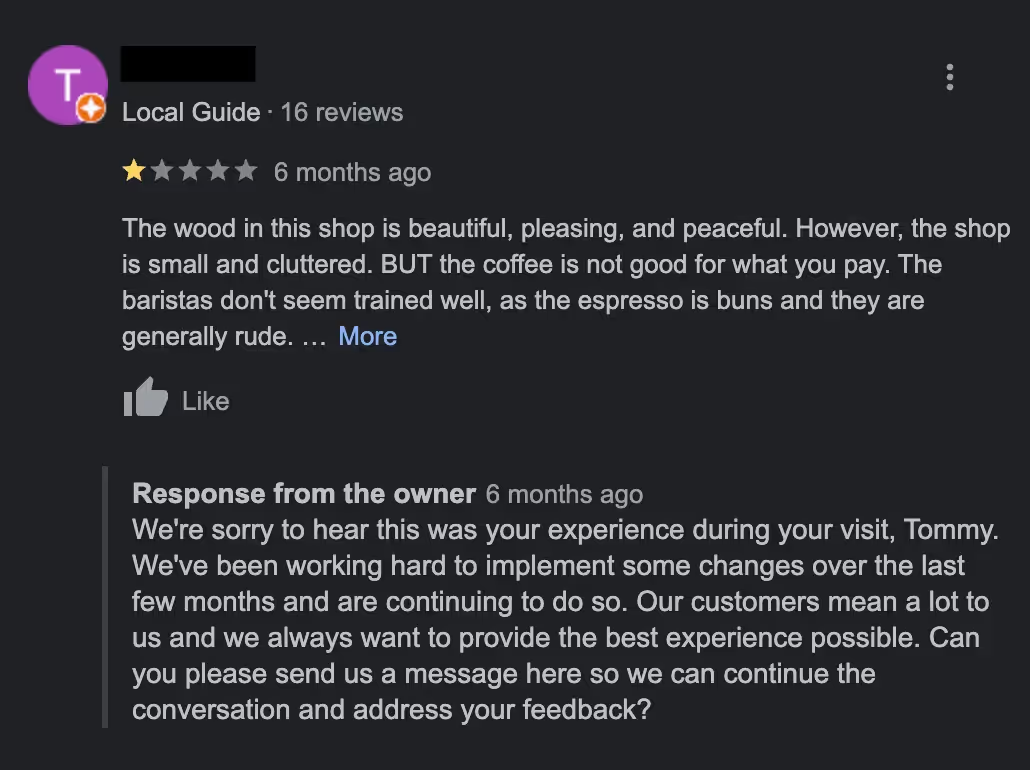
While this doesn’t solve the problem or improve the client's experience, it is something that customers expect in 2023. When they hear words of sympathy, they may be more willing to understand, instead of escalating the situation.
If the issue is serious, you may need to take the conversation offline and offer a way for the reviewer to contact you by phone or in person for a more personal touch.
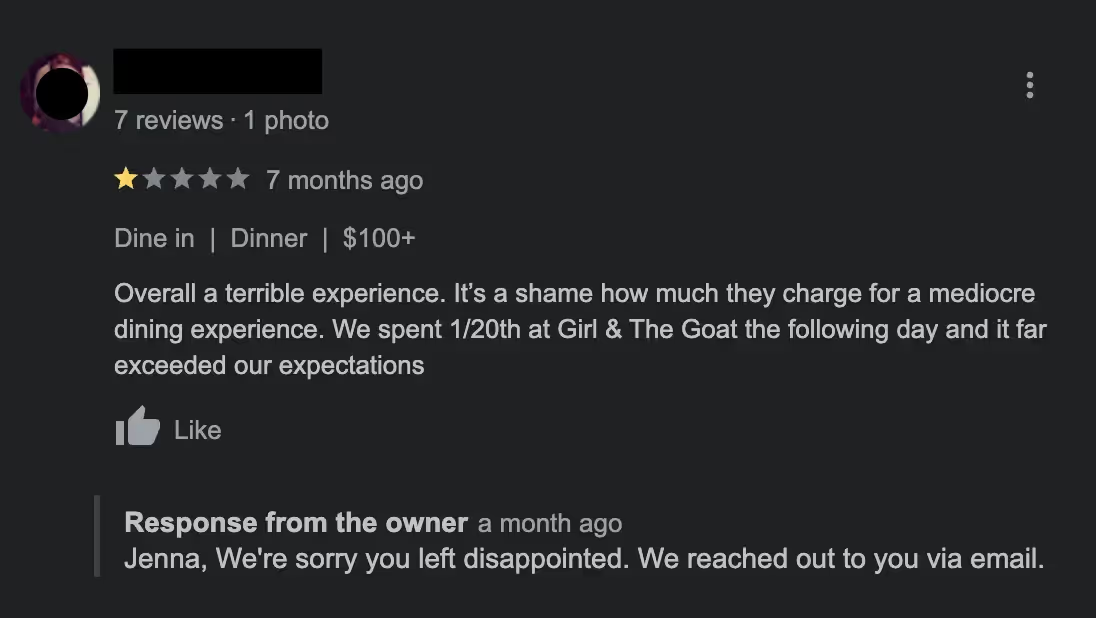
4. Say you’re solving the problem
Sometimes, a reviewer may not give reasons for their low score.

Their opinion may be guided by preferences, and you are unlikely to change those. If you run a public business, you must account for these reviews.
In many other cases, though, there might have been a problem with your business. Your customer service rep was rude, shipping took longer than expected, or the product came damaged. The customer wrote a review instead of talking to support.
If that’s the case, you may have to help the reviewer. The review is on display now, and you must also put your reaction on display. You’re doing it for the reviewer and others who might follow the thread or stumble upon it.
Especially if a reviewer provides lots of details, make it known you reached out to them to resolve the problem or make up for your shortcomings.

From the perspective of someone who wants to buy from you, finding out you respond to negative reviews is a good sign. A potential customer learns you care about your users and can sort things out if something goes wrong.
Mention reaching out to the reviewer to solve the problem, and the impact of a negative review might be minimized.
5. Try to resolve the issue
This is likely the most important step. A response that offers a solution will work best.
So, if you can, resolve the issue and clarify to others that the reviewer was made whole. This may be as simple as giving them access to features they should have had or expediting shipping.
And use this type of feedback as an opportunity to devise a long-term company-wide fix. You don’t want the same problem to arise again for another customer.
6. Offer a gift
Another way to give a reviewer a more positive impression of your business is by asking them for a second chance. If their problem is out of the ordinary, get them to return by offering retribution. A discount for another purchase, perhaps.
7. Accept negative reviews
Some reviewers just won’t like your business. It’s the price, the style, or one negative experience they’ve had with you.
Sometimes, you can’t do anything to change their opinion. The good thing is you don’t have to. Respond with grace, apologize, and focus on getting more positive reviews instead of changing negative ones, as in the example below:
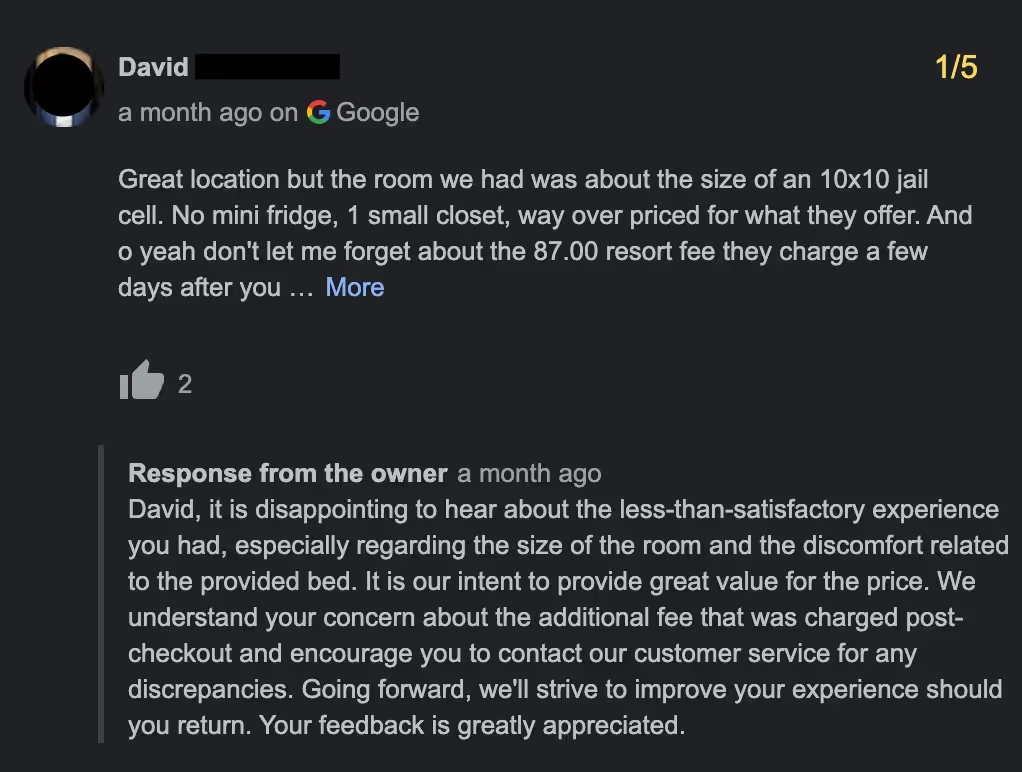
After receiving negative feedback, the manager thanked the customer, apologized, and invited the guest for a more positive experience next time.
Unsurprisingly, out of the hotel’s almost 2,000 reviews, only a couple are “1 star.”
How to remove a negative Google review?
Did you fix the problem the reviewer complained about? Did they come back for a discount and love your business? It’s time to ask them to change the review.
But how to ask a customer to remove a negative review?
Don’t do it publicly, and don’t be too pushy. If the person liked your business after they gave it a second chance, they would be willing to do it themselves.
If they don’t change it, after all, it’s okay. You’ve done the bulk of the review-related PR already.
But it’s not always possible. Don’t fret! Customers tend to trust reviews with a mix of positives and negatives. As mentioned above, you can also use the opportunity to respond publicly and show other customers how much you care.
But, in general, you should do your best to make sure negative feedback is not visible to anyone but you.
How to avoid getting negative feedback?
Scanning social media to find feedback about your business can be daunting. It’s hard to monitor consistently and still on the reactive, not proactive, side.
You can track your customer satisfaction by gathering feedback yourself. Tools like Survicate’s customer feedback platform help you do just that—with proactive CSAT, NPS, and Feedback Button surveys that catch issues before they hit review sites. This will make sure you prevent many unhappy customers from going public.
Survicate has hundreds of survey templates, a question bank, and AI to help you with the process. You can set up surveys on your website, in your app, or simply contact your customers through email.
With Survicate, you can also easily close the feedback loop—so once an issue is raised, you can follow up, take action, and even let the customer know it’s been resolved. Learn more about how to act on customer feedback and turn unhappy users into loyal ones.
Let’s look at the easiest ways to keep negative feedback private.
1. Customer Satisfaction (CSAT) surveys
In Customer Satisfaction (CSAT) surveys, there is one quick question that can serve as a starting point for asking more.
With Survicate, you can create a CSAT survey in a few clicks and send it to customers after they interact with your business.
It’s non-intrusive and doesn’t ruin customer experience by requiring a lot of time to complete. It might also help diagnose a problem with your website, products, or internal processes.
2. Net Promoter Score (NPS) survey
The NPS survey can serve as a gateway to more detailed feedback. The hardest part about feedback is getting customers to give it. NPS surveys get the best response rates.
The respondent can be navigated further with survey logic based on their answer. You can use this to get more positive reviews!
For instance, if your customers click 9 or 10, they will be asked to leave a review on a site of your choosing (like TripAdvisor). They will be directed to a feedback form if they give you fewer points. Just try giving the survey below a 10:
3. Set up a feedback button
When is it possible to prevent negative feedback? As soon as your customers feel compelled to give it. A Feedback Button allows them to express their disappointment when they think your service isn't up to their standards.
Focus on dealing with customer problems early on, use a variety of customer satisfaction metrics, and you may have to deal with public negative feedback less often.
Survicate won't erase negative comments or promise they won't happen again. However, by implementing preventive measures and conducting surveys with your customers, you can prevent a lot of negative feedback.
“It’s amazing how many customers are responding to our surveys. For every dollar we spend on a Survicate subscription, we generate about $25 in additional revenue.” - Michael Irvine, Looka
How to respond to negative comments? With Survicate!
Customer feedback can make or break your company; you probably would prefer the former.
Your business reputation is determined by what customers say about you on social media and online review sites. Keeping track of them is one thing, but responding to feedback—even when it's not positive—is another.
By responding to negative feedback, you can positively impact your brand reputation, get to know your customers better, increase their engagement, and even boost financial outcomes. I hope these negative review response examples have shown you some valuable do’s and don’ts.
With Survicate, you can collect insights in minutes—and act on them just as fast. Use targeted surveys across your site, app, or email to catch negative feedback early, understand the “why” behind it, and prevent churn before it happens. It’s easy and intuitive, and you can test all Growth plan features for free with our 10-day trial. Sign up for a free account—no credit card required.








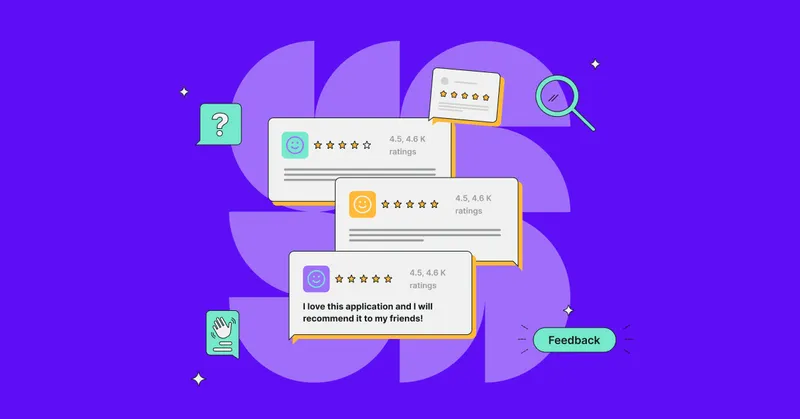
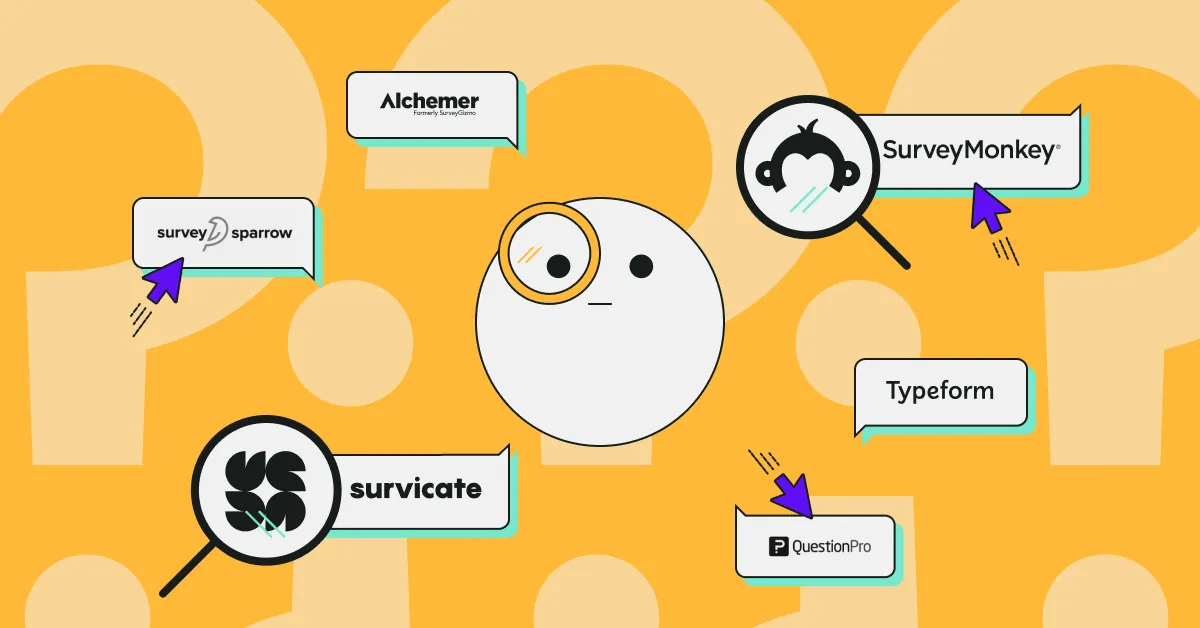

.png)



.svg)

.svg)



